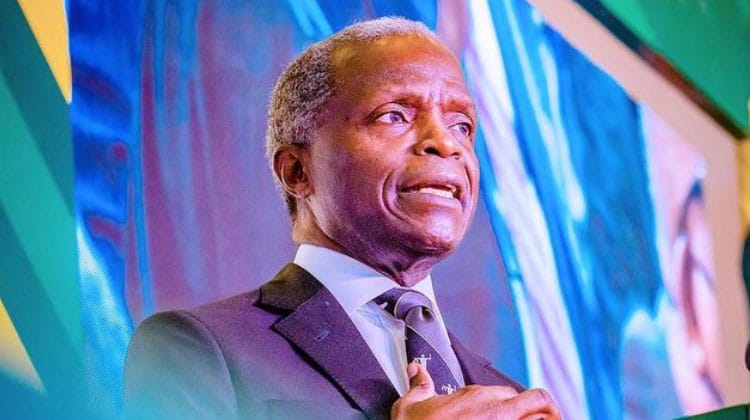India-Russia ties an oasis of stability in a world order of geopolitical churns
By Annie Domini
The 22nd India-Russia Annual Summit held in Moscow on July 8-9 2024 will go a long way in re-embellishing one of the most enduring friendships in the geopolitical theatre. Moscow and New Delhi have seen many ups and downs together, no matter who has been in power in the Grand Kremlin Palace or in the Parliament House. Fortunately, India-Russia ties are still regime change-proof, and have withstood the serial ideological onslaughts from the United States-led ‘rules-based order’ of the West.
The two-day bilateral summit between India and Russia (coming right before the NATO countries have their imperial huddle fronting all things Ukraine), saw the President of the Russian Federation, Vladimir Putin, bestowing the Order of St. Andrew the Apostle on the Indian Prime Minister Narendra Modi, the highest state award by the country. Modi and Putin greeted each other in warm hugs, firm handshakes, and addressed each other as “dear friend” on several occasions. The fact that Russia is Modi’s first international destination after securing a third term in office, albeit with a diminished mandate, speaks volumes about the importance of the Moscow-New Delhi all-weather strategic relationship. Moreover, Modi’s latest visit comes after five years, the last time being a 2019 economic meet in Vladivostok, and is the first since the start of the Russia-Ukraine War in February 2022, as well as after Putin’s landslide victory in the Russian presidential elections held in March this year.
Crucially, the two-day meet with both formal and informal segments, saw the leaders charting an exhaustive list of issues covering economic and defence links, trade volume, cooperation in energy sector, developing Russia’s Northern Sea Route together, cooperation in nuclear energy as well as space and other areas. The “Leaders’ Joint Statement on the development of strategic areas of Russia-India economic cooperation for the period up to 2030” states that Moscow and New Delhi commit to “firmly adhering to the principles of mutual respect and equality, the sovereign development of the two countries on a mutually beneficial and long-term basis”, which will be “guided by the intention to maintain the trend of dynamic growth of trade in goods and services between the two states and the desire to ensure a significant increase in its volume by 2030”.
As per the Leaders’ Joint Statement, “bilateral economic cooperation” in nine key areas will be undertaken, including
- elimination of non-tariff trade barriers, possibility of the EAEU-India Free Trade Area, achieving a mutual trade volume of 100 billion USD by 2030;
- development of a bilateral settlement system using national currencies and digital financial instruments;
- increase in cargo turnover along new routes of the North South International Transport Corridor, Russia’s Northern Sea Route and the Chennai-Vladivostok Sea Line;
- increased bilateral trade in agriculture, food and fertilizer;
- cooperation in nuclear energy, oil refining, petrochemicals and mutual energy security;
- infrastructure development; Indian and Russian companies in each other’s markets, standardization of assessment;
- joint projects in science, education, digital economy;
- medicine, medical and biological security; and
- humanitarian cooperation in culture, tourism, technology, healthcare etc.
The focus on economic ties aims to address the issue of trade imbalance, with India importing more from Russia, especially oil and other fuels, to help the latter tide over guelling post-Ukraine war Western sanctions. Delivering liquefied natural gas to India will further boost the Russian economy as the country will be able to effectively diversify away from Europe, while India will fuel its growing economy slated to soon become the world’s third largest in GDP, surpassing Japan and Germany in the years to come. Although, the total India-Russia trade volume is still roughly one-third of the Russia-China trade volume that stands at 240 billion USD, trade has been growing at an exponential rate, especially since the beginning of the Russia-Ukraine war. According to a report in Russia Today, “the volume of bilateral trade between Russia and India had continued to grow, hitting a record $23.1 billion in the first four months of the current year, marking a 10% rise versus the same period in 2023”.
One of the pressing concerns has been the creation of a sustainable digital architecture of mutual payments in respective national currencies, with Rupee-Ruble exchange seeing serial hiccups in settlement. As BRICS countries seek to de


